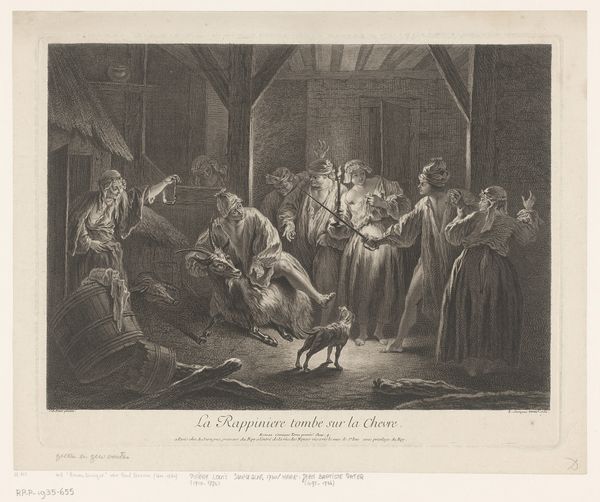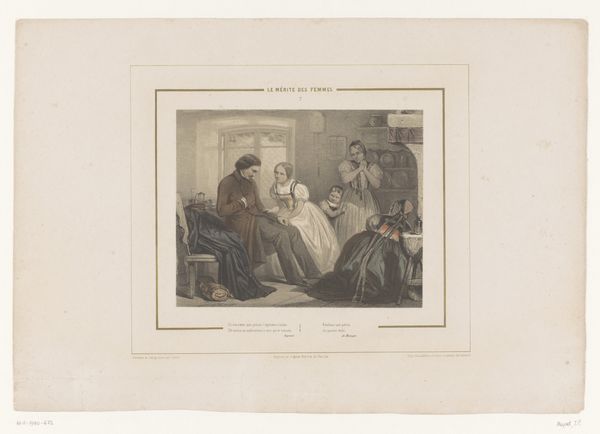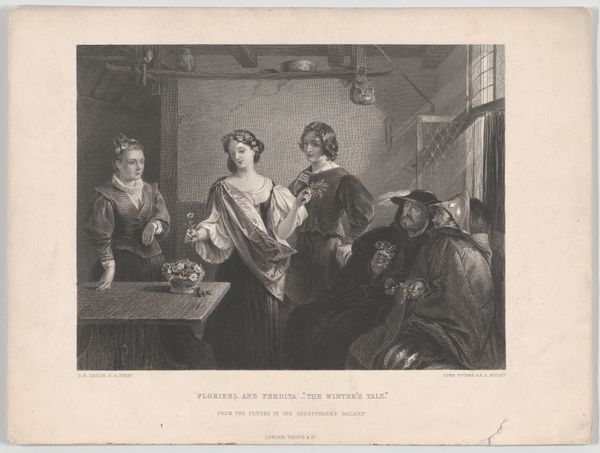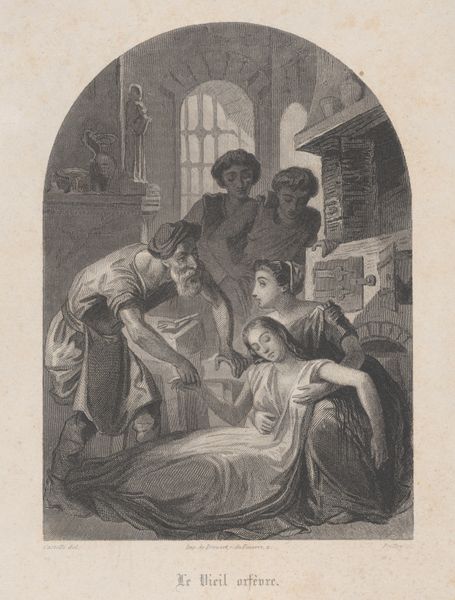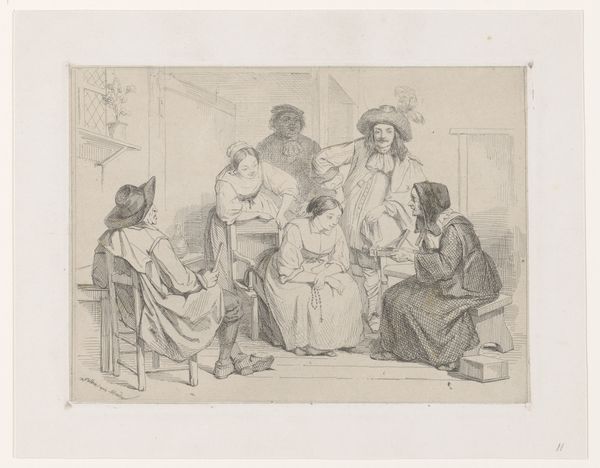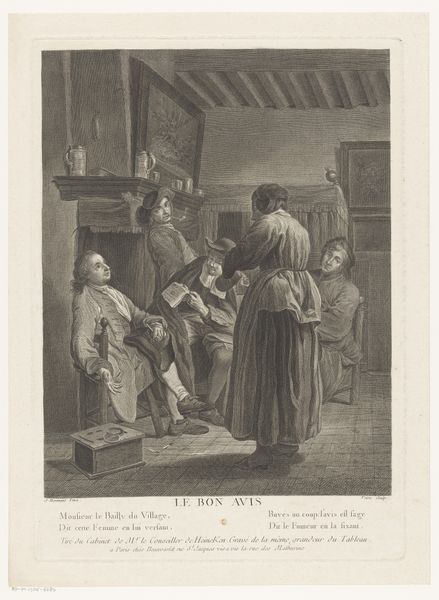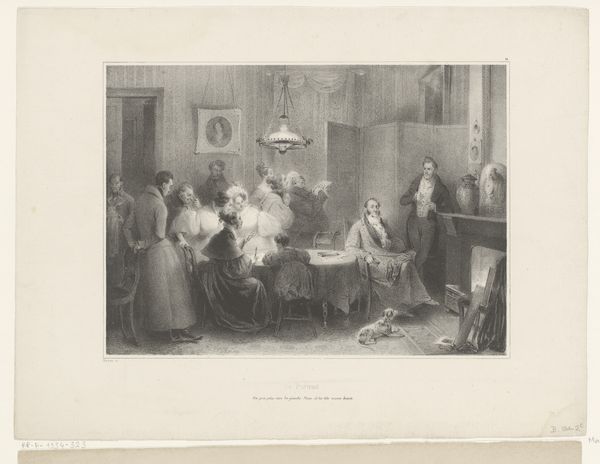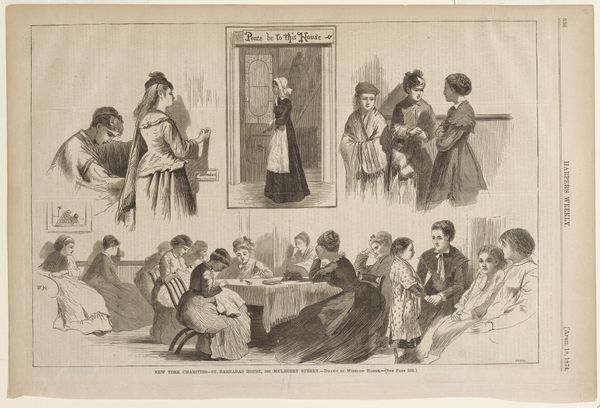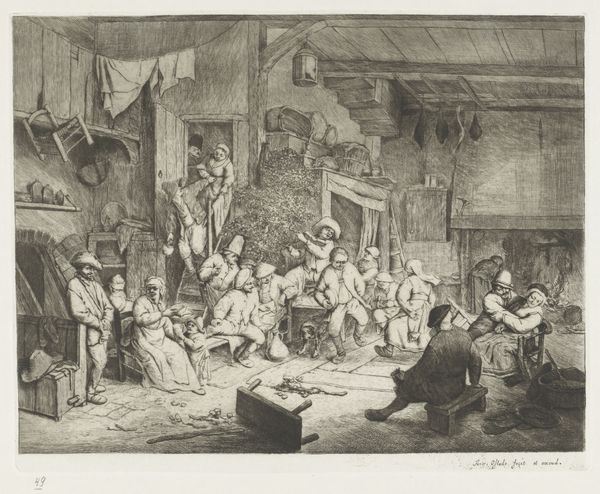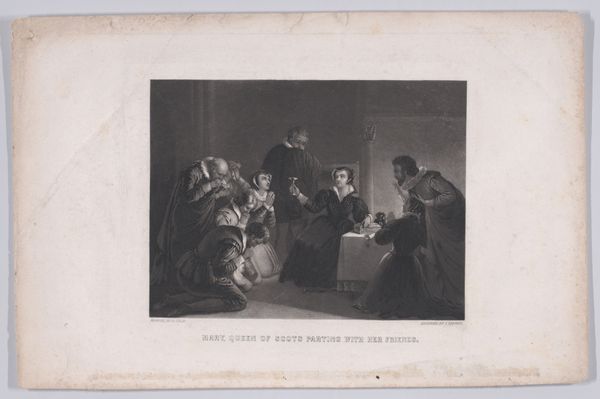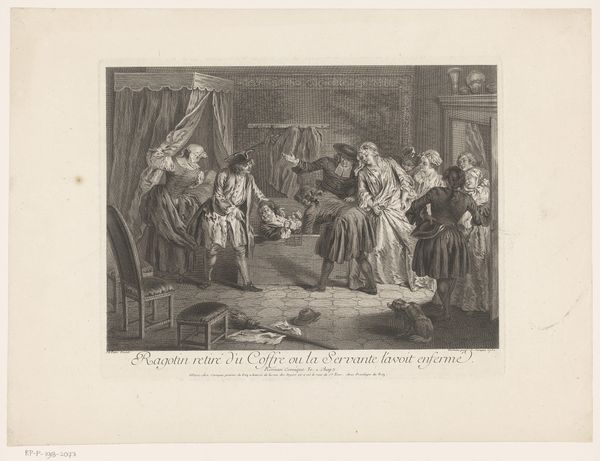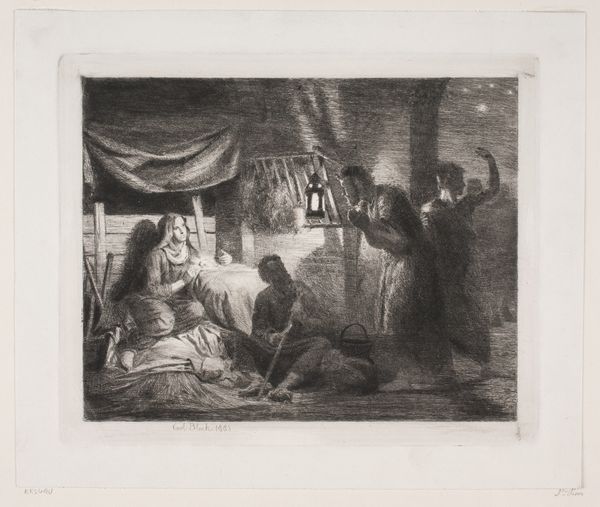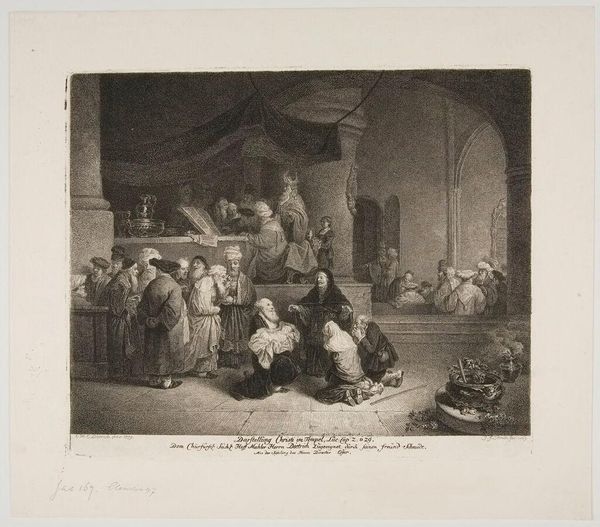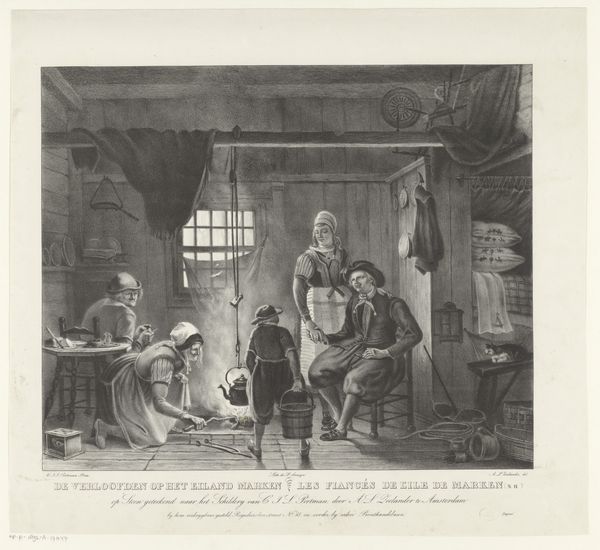
Low Lodging House, St. Giles's; A Study from Life, from "The Graphic," vol. 6 1872
0:00
0:00
drawing, print, engraving
#
portrait
#
drawing
#
narrative-art
# print
#
social-realism
#
child
#
group-portraits
#
men
#
genre-painting
#
history-painting
#
engraving
#
realism
Dimensions: image: 8 7/8 x 11 3/4 in. (22.5 x 29.9 cm)
Copyright: Public Domain
Editor: This is "Low Lodging House, St. Giles's; A Study from Life" by Sir Hubert von Herkomer, from 1872. It's an engraving, so a print. The image depicts what looks like a very crowded, somber scene of women and children. The title indicates it is somewhere in London. What do you see in this piece, from a historical perspective? Curator: Immediately, I’m struck by its Social Realist style. Herkomer created this for "The Graphic," a weekly illustrated newspaper, suggesting a specific purpose: to expose the plight of the urban poor. Consider the date, 1872; this is Victorian England wrestling with rapid industrialization, immense wealth alongside abject poverty. This image served a crucial public function, influencing social reform movements. How does its initial publication change how you view it? Editor: It definitely frames it. Knowing it was for a newspaper shifts my focus to thinking about who the intended audience was. Middle-class readers, maybe? And how they would have reacted to seeing such a stark image. Did it lead to actual change? Curator: That’s the key question, isn’t it? Social Realism aimed to provoke a reaction, ideally prompting legislative or philanthropic action. The very act of depicting this scene and circulating it widely meant acknowledging the existence of this underclass, which was politically powerful. Editor: So, the power is in making it visible. I hadn't thought about it in that way before, but it does make sense when considering that these types of scenes may have otherwise been ignored by upper- and middle-class audiences. Curator: Precisely. Herkomer's print highlights how art became a tool for social commentary and change, challenging the status quo and prompting important conversations about poverty and responsibility. Hopefully we see the subject in the work but also understand that it is, ultimately, for the viewing and judgement of someone who exists well outside of it. Editor: It’s interesting how a piece like this could function as both a work of art and a form of early photojournalism. It shows how powerful images can be as documents. Curator: Absolutely, and thinking about it in both artistic and historical contexts provides so much insight!
Comments
No comments
Be the first to comment and join the conversation on the ultimate creative platform.
